Ring Die Feed Pellet Machine
The Kawise ring die pellet mill delivers efficient and stable performance, with a broad range of raw material adaptability. It can process materials such as corn, soybean meal, rice husk, alfalfa, and more. It is widely used in medium to large-scale feed mills, aquaculture farms, and poultry farms.
The machine has a simple, well-designed structure, consisting of the following 10 key components:
1. Feeder: Ensures even feeding of raw materials into the equipment, maintaining a stable material flow.
2. Feeder Motor: Precisely controls the feed rate using variable frequency adjustment, ensuring stability and efficiency in the pelletizing process.
3. Conditioner: Adjusts the humidity and temperature of raw materials, ensuring optimal pellet formation.
4. Conditioner Motor: Powers the conditioner, ensuring proper pre-treatment of the raw materials.
5. Bearings: Support rotating parts (e.g., main shaft, press rolls), reduce friction, and ensure smooth operation.
6. Cutter Assembly: Cuts the extruded material into pellets of a specified length.
7. Gearbox: Transfers power from the main motor, adjusts speed and torque, and transmits it to the ring die and press rolls, driving key pelletizing components.
8. Coupling: Connects the main motor to the gearbox, transferring torque while absorbing vibrations to protect the equipment.
9. Safety Assembly: Includes overload protection, emergency stop, and other mechanisms to ensure safe shutdown under abnormal conditions, protecting both operators and the machine.
10. Main Motor: Drives the core components of the equipment, ensuring efficient operation throughout the production process.
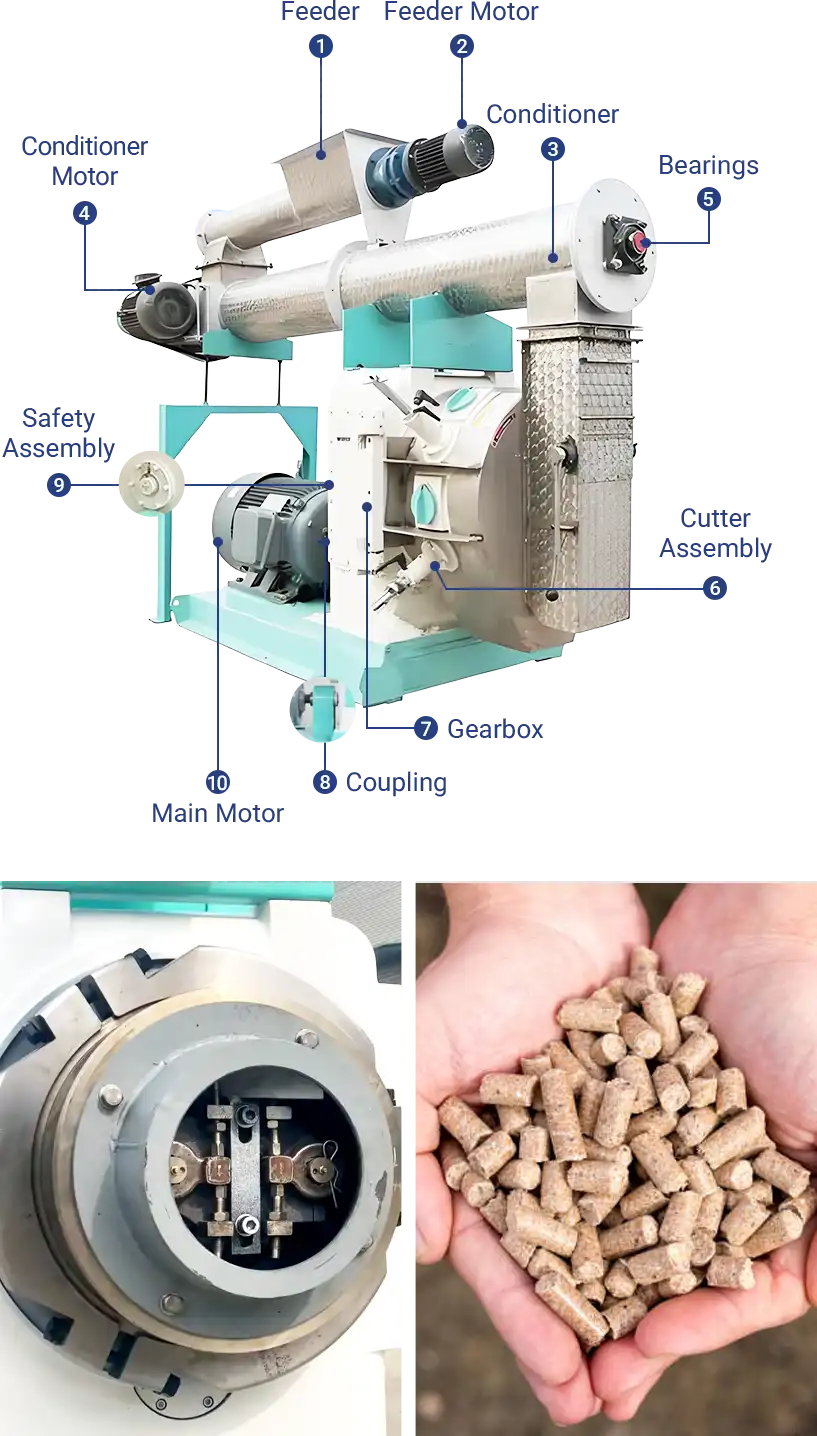
In operation, raw materials are evenly fed into the conditioner by the feeder. The conditioner's stirring blades continuously lift the materials, mixing them evenly with steam to ensure thorough conditioning. The conditioned materials then pass through the gap between the ring die and press rolls, where they are pressed through the die holes and cut into pellets of a specified length by the cutter.
The conditioner is crucial in the pelletizing process. It softens the materials with steam, making them easier to form and boosting production efficiency by about 30%. The high-temperature steam also denatures trypsin inhibitors in grains and legumes, improving digestibility. Furthermore, it kills parasitic eggs and other pathogens, reducing pest infestations and digestive system diseases.
Kawise Ring Die Pellet Mill: Technological Advantages for Efficient Production
- Equipped with a corrosion-resistant stainless steel conditioner, which is easy to clean and improves pellet quality.
- Uses high-quality bearings for excellent stability, low noise, and supports independent operation with the electrical control cabinet.
- Features an advanced compensating serpentine spring coupling, compact in structure, safe, low noise, and low failure rate.
- The main drive system uses high-precision gear transmission for efficient power transfer and stable operation.
- The stainless steel door cover is highly corrosion-resistant with a long service life. The housing is precisely machined, ensuring large oil capacity and low noise.
- Optional conditioners available in single-layer, double-layer, and triple-layer configurations to meet various production needs.
Video
Product Parameters
| Model |
Power (kw) Main motor + conditioner + feeder |
Capacity (t/h) |
| SZLH250 | 22+2.2+1.5 | 0.5-1.5 |
| SZLH300 | 37+2.2+1.5 | 1-3 |
| SZLH320 | 37+2.2+2.2 | 2-4 |
| SZLH350 | 55+3+2.2 | 3-6 |
| SZLH400 | 75/90+3+3 | 5-10 |
| SZLH420 | 110+5.5+3 | 6-12 |
FAQ?
-
Where does the steam required for the conditioner come from?
The steam is primarily supplied by a steam boiler. The boiler heats water to generate high-temperature, high-pressure steam, which is delivered through pipelines to the conditioner for material heating and conditioning.
-
What are the main advantages of the ring die pellet mill compared to the flat die pellet mill?
The ring die pellet mill offers higher output, lower energy consumption, and better conditioning capability, making it ideal for large-scale, high-quality feed production.
-
Can the pellet size be adjusted?
Yes, it can be adjusted. We offer ring die molds ranging from 2mm to 10mm to meet the feed production needs of various animals, including chickens, cows, and pigs.
 Online Contact
Online Contact Send Message
Send Message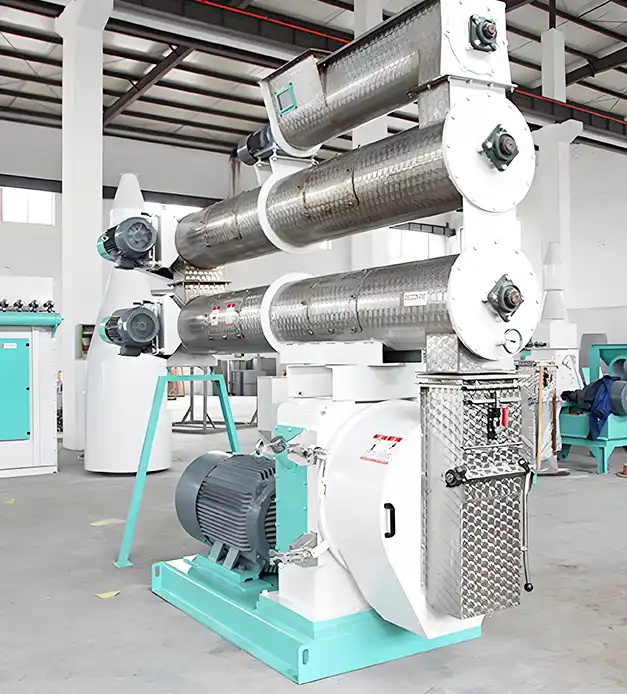
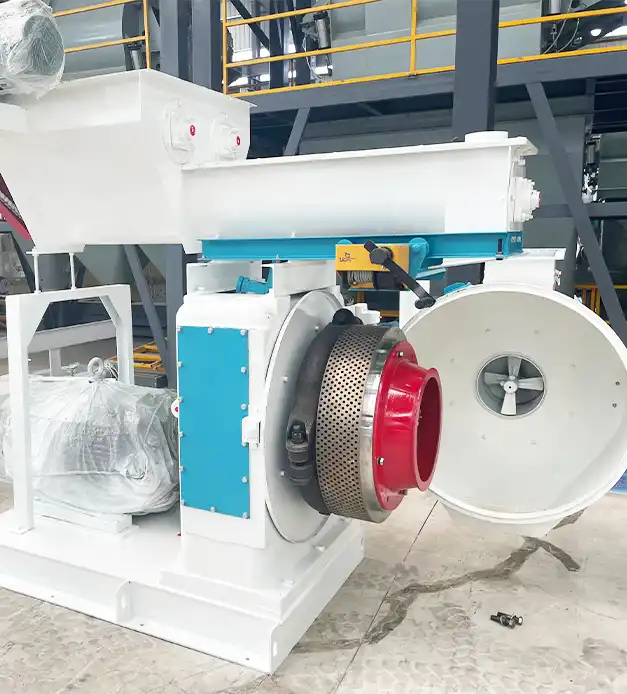
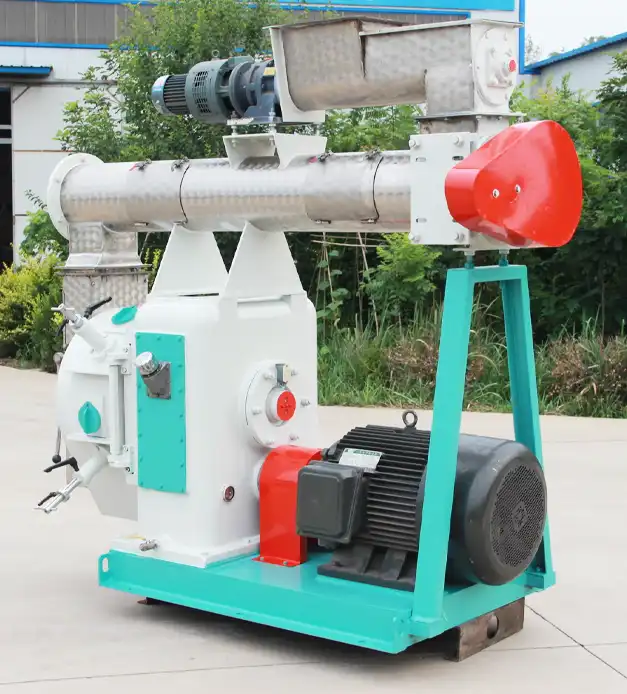
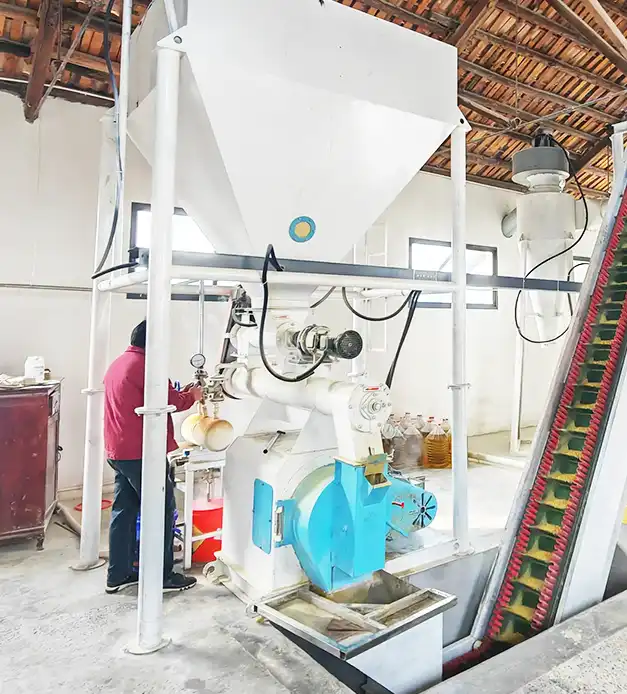

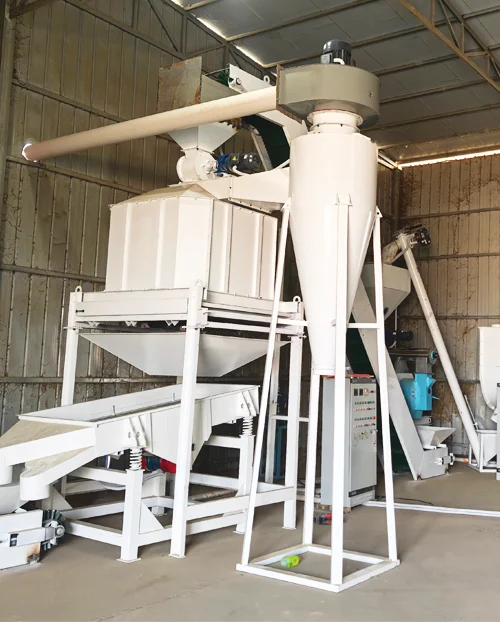
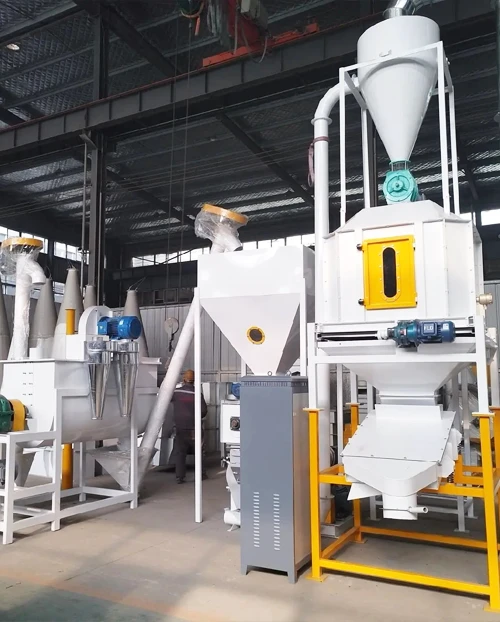
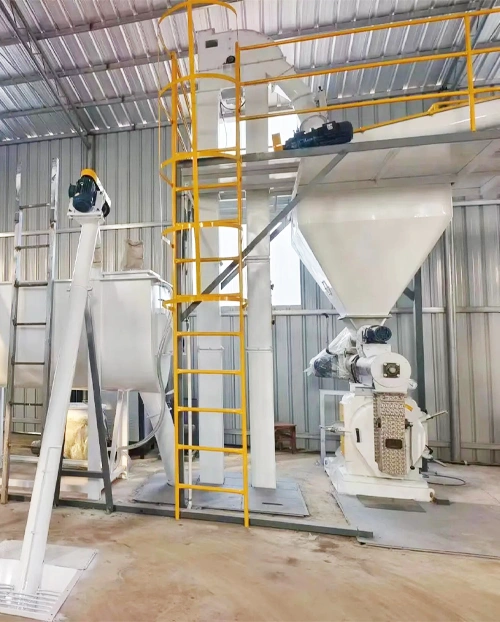
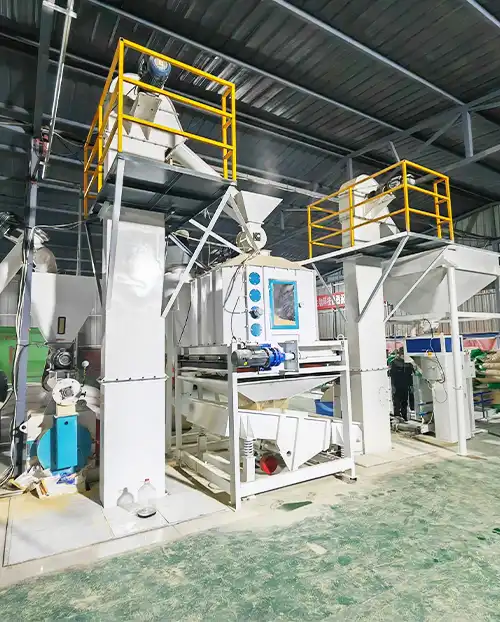
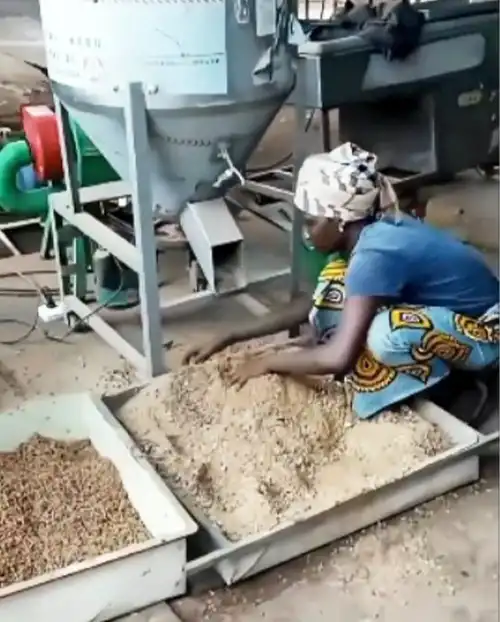
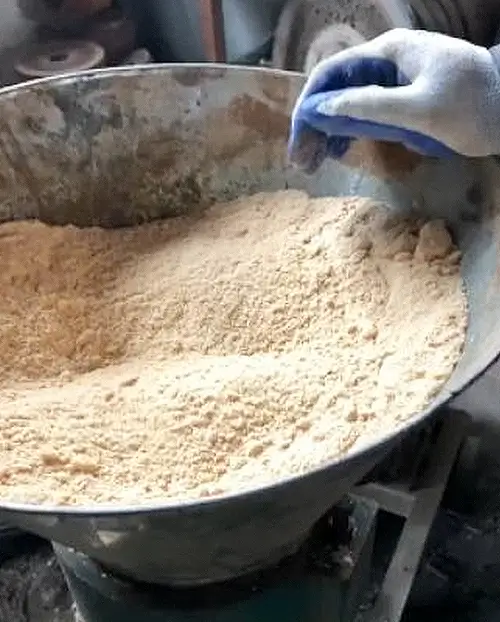

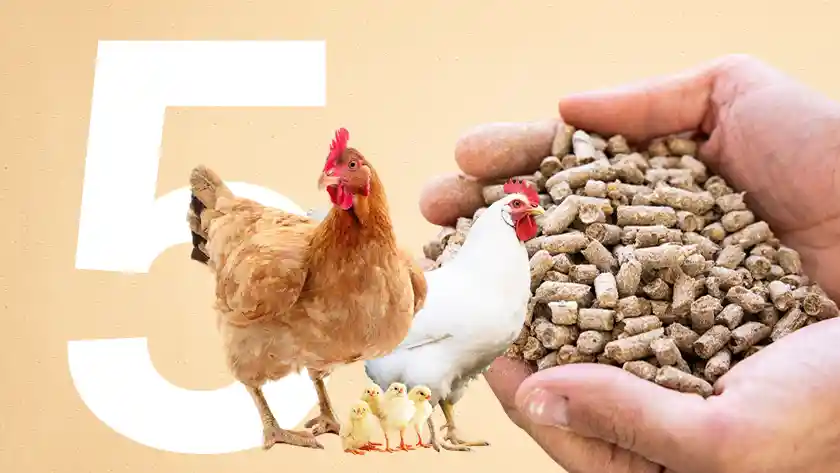
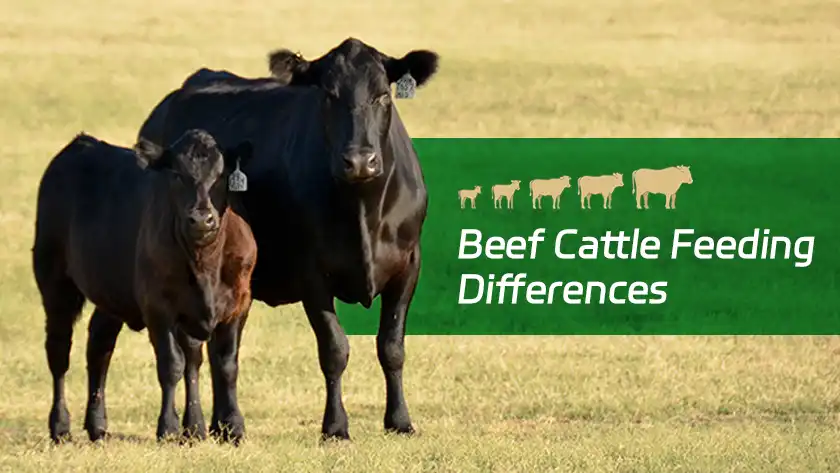
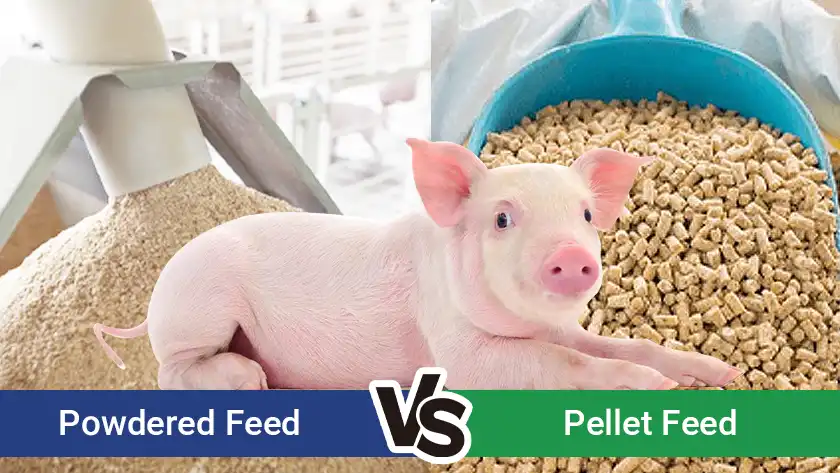
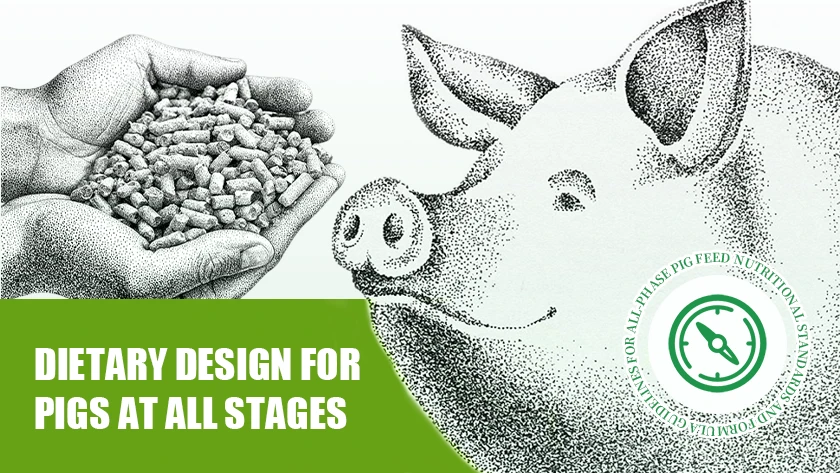
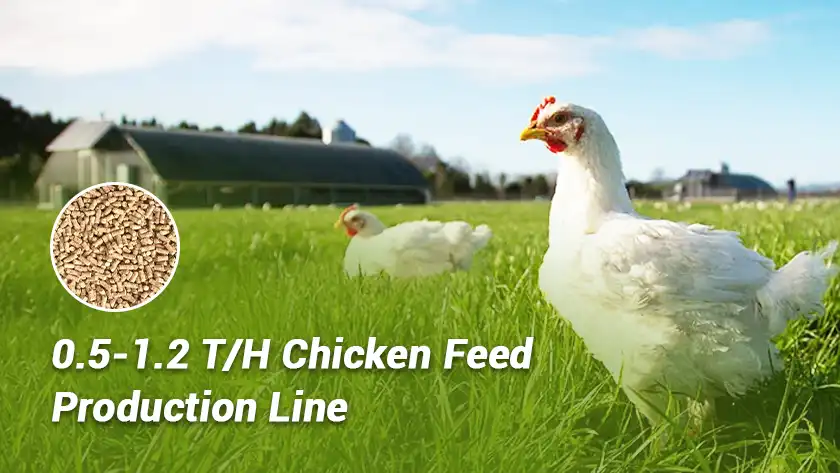
Need Some Help?
Contact us quickly and we will reply you within 24 hours. We will not disclose your information.